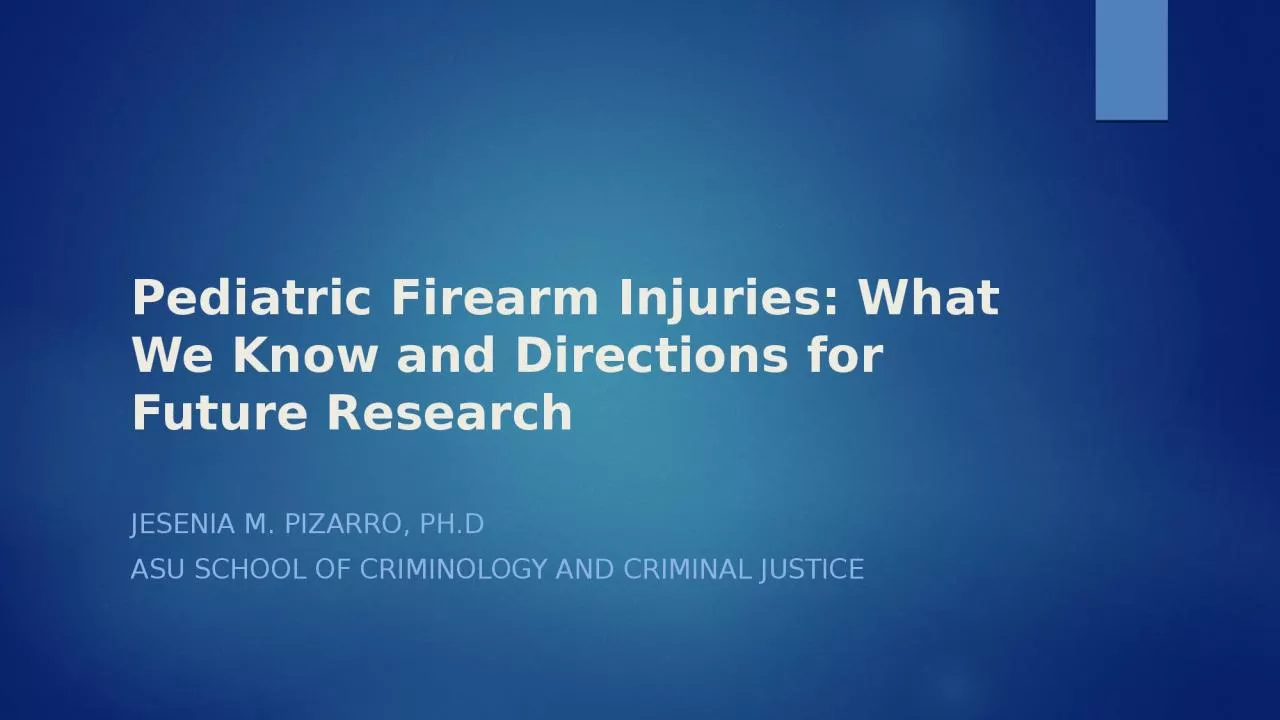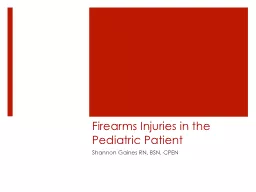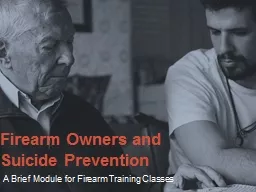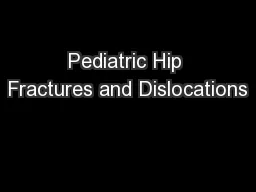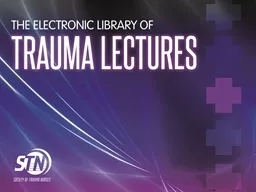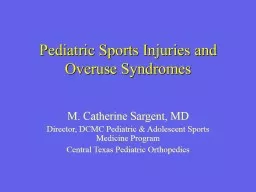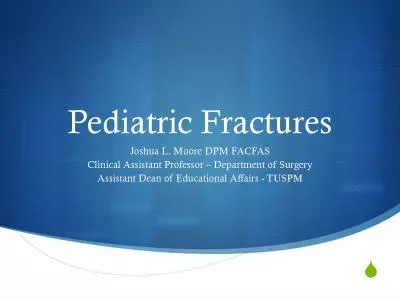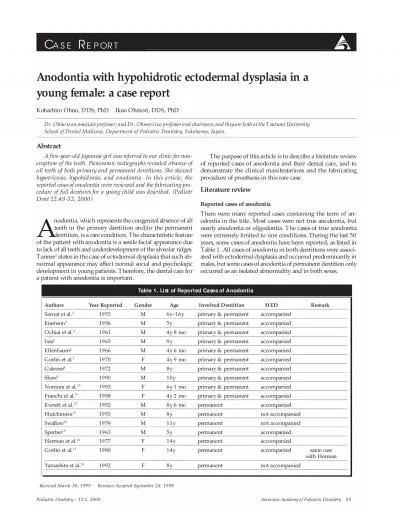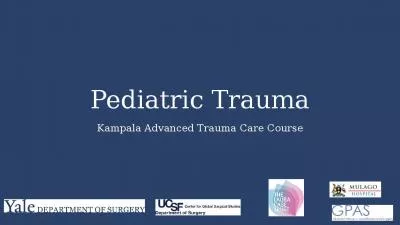PPT-Pediatric Firearm Injuries: What We Know and Directions for Future Research
Author : ariel | Published Date : 2024-01-29
Jesenia M Pizarro PhD ASU School of Criminology and Criminal justice Causes of Death for Children and Teens 0 19 years Cunningham et al 2018 Death Trends Cunningham
Presentation Embed Code
Download Presentation
Download Presentation The PPT/PDF document "Pediatric Firearm Injuries: What We Know..." is the property of its rightful owner. Permission is granted to download and print the materials on this website for personal, non-commercial use only, and to display it on your personal computer provided you do not modify the materials and that you retain all copyright notices contained in the materials. By downloading content from our website, you accept the terms of this agreement.
Pediatric Firearm Injuries: What We Know and Directions for Future Research: Transcript
Download Rules Of Document
"Pediatric Firearm Injuries: What We Know and Directions for Future Research"The content belongs to its owner. You may download and print it for personal use, without modification, and keep all copyright notices. By downloading, you agree to these terms.
Related Documents

